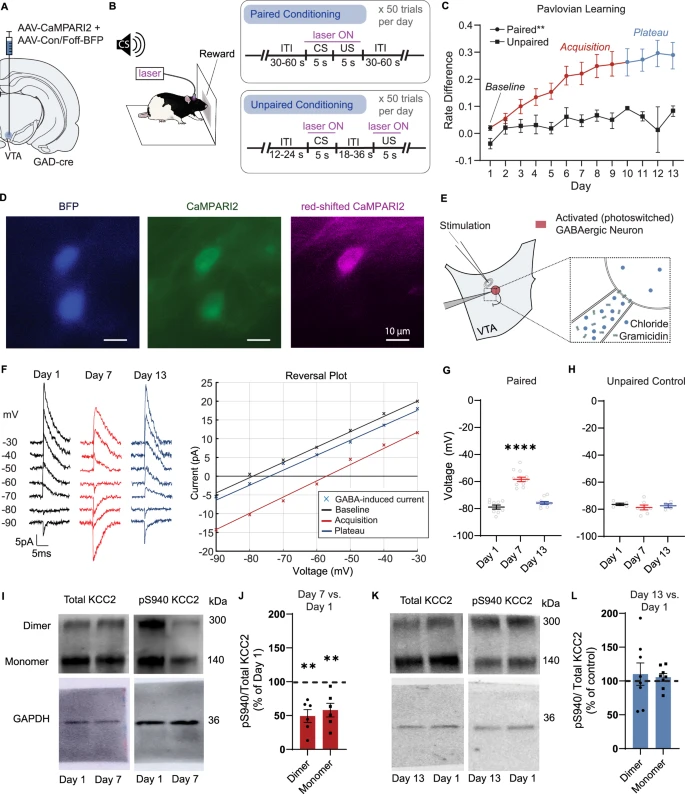Stanford Scientists Reverse Autism Symptoms in Mice by Targeting a Key Brain Region

Researchers at Stanford Medicine have made a fascinating discovery that could change how we think about autism spectrum disorder (ASD). Their work, recently published in Science Advances, shows that by quieting hyperactivity in a small but critical brain region called the reticular thalamic nucleus, they were able to reverse autism-like symptoms in mice.
This breakthrough is especially intriguing because it connects autism and epilepsy in surprising ways, suggesting that both conditions may share underlying brain mechanisms.
The Brain Region at the Center of It All
The reticular thalamic nucleus (RTN) acts like a filter, managing the flow of sensory information between the thalamus (which relays sensory signals) and the cortex (where higher thinking and perception happen).

In mice genetically engineered to model autism, researchers noticed that the RTN went into overdrive whenever the animals encountered even simple stimuli, like a puff of air or a flash of light. This hyperactivity wasn’t just a noisy background—it directly contributed to problems such as:
- Seizures
- Repetitive behaviors
- Heightened sensitivity to touch or light
- Increased motor activity
- Reduced social interaction
By focusing on this single brain hub, the team uncovered a new way to think about why certain autism-related behaviors appear—and how they might be calmed.
Reversing the Symptoms in Mice
Here’s where the study gets especially hopeful. When the researchers gave the mice drugs designed to reduce RTN activity, the animals showed remarkable improvements. Seizure risk dropped, social interaction improved, and repetitive behaviors eased.
One of the drugs they tested, Z944, is already under study as an experimental treatment for epilepsy. Its success in reversing autism-like symptoms in mice highlights an important overlap: autism and epilepsy may not just coexist in some individuals—they may actually be linked by shared brain pathways.
This matters because epilepsy is far more common in people with autism (around 30%) compared to the general population (just 1%).
High-Tech Neuromodulation Experiments
The researchers didn’t stop at drug testing. They also tried an advanced method called DREADD-based neuromodulation. This technique lets scientists “reprogram” neurons to respond to specific designer drugs, essentially giving them a switch to turn down RTN activity when needed.
When they flipped that switch, the mice’s autism-like symptoms faded. Even more striking, they could create autism-like behaviors in normal mice by ramping up RTN activity.
This cause-and-effect experiment strongly suggests that overactivity in the RTN is not just a side effect of autism but a driving force behind its symptoms.
Why This Research Matters
While these findings are limited to mice, they open up exciting possibilities. If similar mechanisms exist in humans, treatments that target the reticular thalamic nucleus—whether through drugs or advanced brain modulation—could one day help manage autism symptoms more effectively.
It’s also worth noting that the overlap with epilepsy research could speed up progress. Since drugs like Z944 are already being studied for seizure control, researchers may be able to adapt them for autism more quickly than starting from scratch.
Looking Ahead
The study was led by John Huguenard, PhD, professor of neurology and neurological sciences, with Sung-Soo Jang, PhD, as lead author. Their work shines a light on a new target for autism research and offers hope for treatments that directly address the brain circuits involved in the condition.
Of course, much more research is needed before these findings can be applied to people. But the possibility that calming a small but powerful brain region could ease symptoms of autism is both promising and inspiring.
For families, clinicians, and researchers, this is a reminder of how much we are still learning about the brain—and how each discovery can open doors to unexpected connections and potential therapies.





